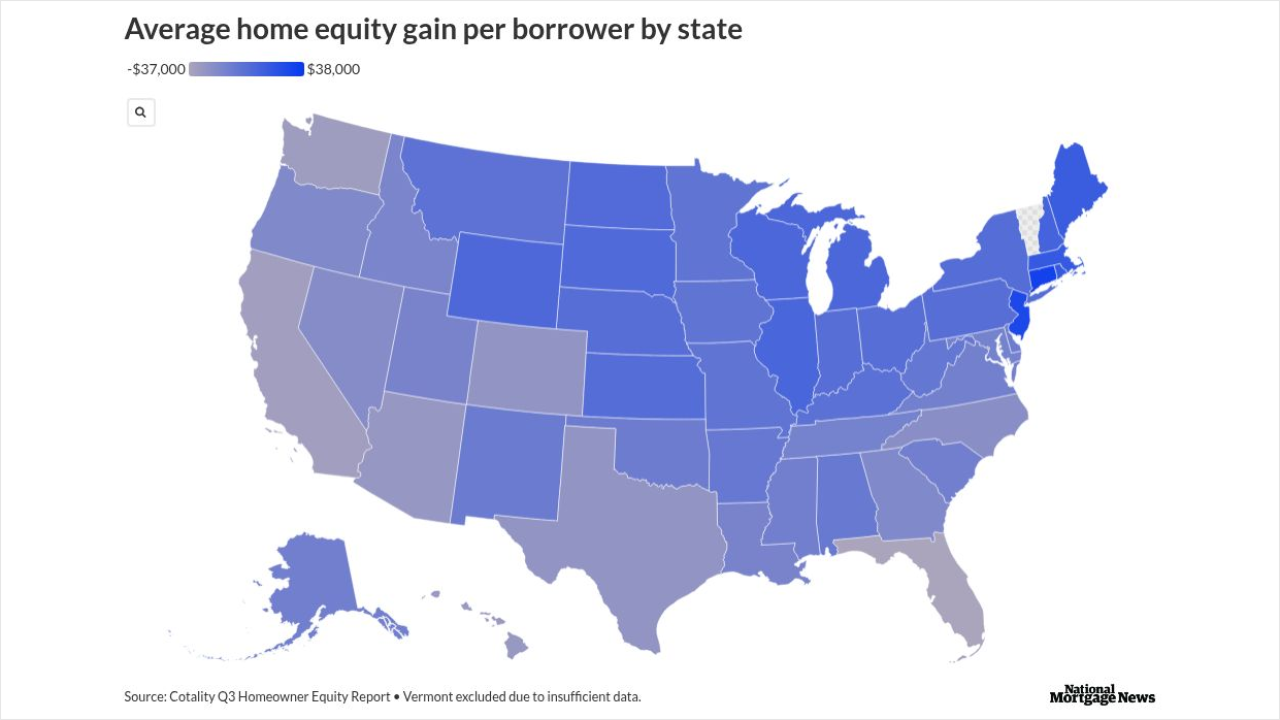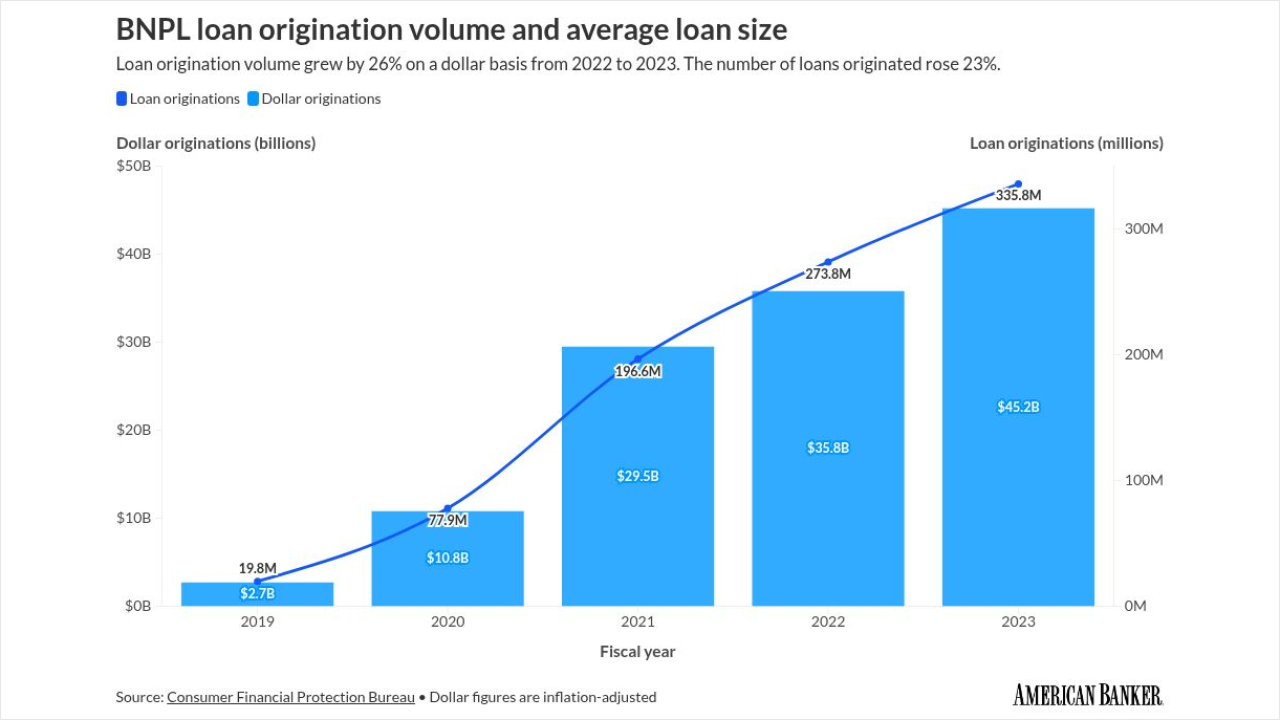At approximately $1.8 billion, catastrophe bond issuance nearly doubled in 2003 compared with previous years, sources at Moody's Investors Service reported. While the insurance sector issuer base has leveled off, corporates may become more active in the market, with at least one or two hopefuls in the pipeline, and even more kicking around the idea.
EQECAT, the predominant risk modeler for natural disaster-linked deals, is fielding increased interest from non-insurance entities looking to hedge against the inevitable.
"It's something that I see becoming more prevalent," said Rick Clinton, president of the Oakland, Calif.-based EQECAT, an affiliate of ABSG Consulting. EQECAT has been involved with 60% of all outstanding catastrophe-related transactions.
The CAT bond market has traditionally been a tool for the reinsurers to manage risk exposure. There's been a handful of corporate-sponsored transactions, the first of which closed in 1999 and provided earthquake protection to a Japanese amusement park operated by Oriental Land, which licenses the Disney name. The $200 million transaction was structured through two vehicles - Concentric Ltd. and Circle Maihama Ltd. - which referenced Japanese earthquake risk on a parametric basis, meaning that the payout to Oriental is triggered by the severity of the earthquake as opposed to a measurement of physical damage to the amusement park. Essentially, Oriental Land used the CAT bond to hedge against business disruption risk.
Most recently, in December 2003 French energy supplier Electricite de France launched a 190 million five-year deal, called Pylon, linked to wind storms that could disrupt delivery of electricity, which could prompt costs to the company, said Standard & Poor's analyst James Doona. The event of payment to EdF, however, is based entirely on the severity of the wind, as measured by 85 wind speed recording stations throughout France and Corsica. Meteo France, the official national meteorological organization of France, operates the stations.
Swiss Re structured the deal for EdF, acting more as an underwriter than a reinsurance provider. Goldman Sachs, Lehman Brothers and Aon Capital Markets have also been active underwriters.
These parametric transactions - as opposed to the indemnity catastrophe bonds that were popular in the late 1990s - seem preferable to investors as a way of determining an event of payout. Indemnity CAT bonds are often linked to damage suffered by the issuer/sponsor, more akin to traditional insurance claims and the lengthy process of settlement. The parametric structure's payout is linked to an event's severity based on an index. Payouts on the notes may not be linked to losses of the issuer.
"There's no claim settlement process," S&P's Doona said. "There's less uncertainty because there's no reliance on the claims settlement process."
Other issuers have included Koch Energy, in a transaction called Kelvin Ltd., which was based on temperature risk. In 2002, Vivendi Universal issued a CAT bond relating to earthquakes in certain regions of Southern California. The Vivendi deal, called Studio Re, hedged the risk of its studios being closed as a result of an earthquake. Studio Re was called prematurely, and the investors were paid out in December. Sources believe this was associated with Vivendi's restructuring of its business.
EQECAT's Clinton noted that an emerging area of corporate risk management is supply chain disruption risk. This could be the result of a natural disaster impacting the delivery of retail goods, for example.
As a common thread, each of the corporate CAT bonds is hedging business disruption risk that would result from a catastrophic event.
Perhaps the most publicized of the business disruption risk CAT bonds is the FIFA World Cup deal, called Golden Goal, which hedges against cancellation. The FIFA deal does not specifically reference a type of event (such as the severity of a windstorm and/or earthquake), but rather whether or not a final match-up takes place and a winner is declared. This must happen within a specified date range from the time when the 2006 World Cup is scheduled to take place.
Extreme mortality
"A few years ago the market was in an exploratory stage, and all the major reinsurers were pursuing these kind of transactions, but the costs have taken the edge off of that development," said S&P's Doona. "What were seeing now are repeat deals, done to hedge the reinsurance cycles, which can be severe."
As mentioned, the reinsurance-related transactions are generally designed to reduce insurance exposure to different regions. Late last year, however, Swiss Re, the most prolific issuer of weather-related CAT bonds, issued a bond linked to "extreme mortality risk," in which the reinsurer could draw on the proceeds if mortality rates significantly spike (according to an index), for whatever reason, in one of five different regions. Such an event could be linked to an epidemic or some sort of terrorism attack (see ASR 12/15/03).
Like the FIFA deal, this CAT bond is linked to eventualities outside of weather, which face different structuring challenges. "The problem is modeling the frequency of occurrence of events," said Rodrigo Araya, a vice president and senior credit officer at Moody's Investors Service. "It's easier to model the severity of an event, but it's more difficult to define the frequency of the event."
Other corporations may be interested in mitigating the risk of significant workers' compensation costs associated with a specific event, said Araya.
Apparently, at some point, a structure was being developed to mitigate union-organized strike risk, although this was never completed.
http://www.asreport.com





